Humidifiers, like any other household device, require maintenance. The water taken from the home tap contains a large amount of salts and other impurities. Because of this, a white coating forms on the inner walls of the device over time. If the necessary measures are not taken in a timely manner, a layer of deposits appears. It is possible to avoid these unpleasant phenomena if the humidifiers are promptly descaled at home.
How the device works
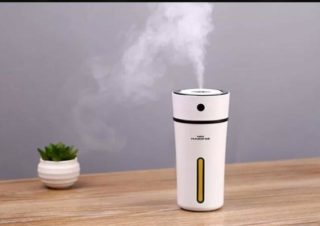
The principle of operation of the humidifying device is based on the effect of evaporation of water heated by boiling or by ultrasonic action on it. To activate the process, you need to pour liquid into the tank, and then plug the device into an outlet and press the "Network" button.
In addition to its main function, a household humidifier is capable of solving other problems:
- clean the air from foreign impurities and dust;
- eliminate electrostatics;
- used as a source of healing aromas.
In the latter case, a special capsule with aromatic oils is installed in it. This allows you to maintain the required level of humidity in the apartment and at the same time inhale the healing vapors.
Causes of pollution of climate technology
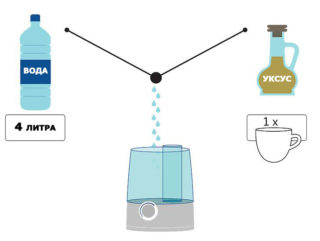
The main reason for the formation of plaque on the walls and structural elements of the device is pouring too hard water into it, the content of mineral salts in which exceeds the norm. Deposits that have accumulated over time cannot be removed with a dry cloth. You will need effective cleaning products commonly used at home:
- baking soda;
- vinegar solution;
- lemon acid;
- typical bleach.
Ordinary tap water contains many harmful microorganisms that spread throughout the room during operation. Therefore, it is recommended to fill it with filtered or well-boiled liquid. It is advisable to change it as often as possible in order to eliminate stagnation in the tank and prevent the formation of mold.
Device health support
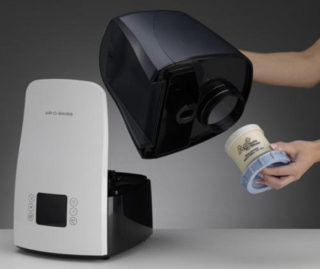
Maintaining the working condition of the device is reduced to carrying out the following procedures:
- cleaning the working membrane (in ultrasonic structures);
- flushing filters;
- complete replacement of filters.
To clean the membrane, it is imperative to use a brush, which is usually supplied with the device. If you don't have a brush, a soft cloth or regular sponge will work instead. The device contains special filters in its kit, which are used for several months and then changed.
If desired, you can clean them from plaque by rinsing the working part under running water and then drying it for about an hour. It is not allowed to wash products with liquids containing chemical additives (the latter lead to their rapid wear).
Cleaning options
There are several ways to properly clean the humidifier from the accumulated precipitation and pollution. The choice of a specific option depends on the design of the device, the type of sediment (scale or mold), as well as on the mass of accumulated sewage.For each of them, a different cleaning agent is selected, which is optimal for the given case.
From limescale
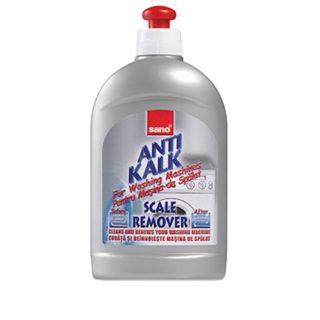
To clean the contaminated device from scale, you will need to remove the water container from it, first disconnecting other structural elements. Remove completely fresh plaque with a soft cloth without the use of special compounds. It is recommended to clean the case in hard-to-reach places using a soft-bristled toothbrush. If a thick layer of plaque is found, you will need to use a special descaler.
Before pouring the cleaning composition into the vessel, the remaining water is completely drained from it, after which the following sequential operations are carried out:
- The container is rinsed under a tap with warm water.
- The inner and outer parts of the case are wiped with a soft cloth dipped in a mild vinegar solution.
- The device is left to dry for a while.
If the cleaning procedure is carried out in full accordance with the instructions given, the device will serve its owner for a long time.
From mold and bacteria
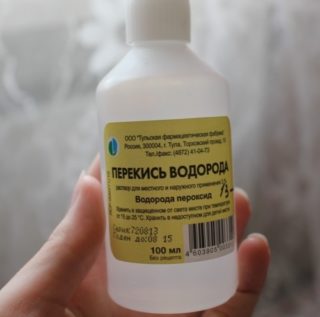
To remove mold, you will need special chlorine-containing products that you can prepare yourself. You will need vinegar or hydrogen peroxide. The components are diluted in a proportion of 1-2 tablespoons per 1 liter of well-boiled water, after which the resulting solution is poured into a humidifier container for about an hour. The compositions prepared in this way disinfect the surface well and allow you to remove mucous plaque.
At the end of these operations, all accessible places are cleaned with a not very hard brush or sponge. After that, the humidifier must be rinsed with water from the kitchen tap, and then dried with ventilation.
Disinfection of internal surfaces will allow you to not worry about mold and other unpleasant contamination for some time.
Ultrasonic humidifier cleaning
To care for ultrasonic devices, a solution is used, prepared from a mixture of vinegar and water with the addition of soda or citric acid. It is not allowed to wash them with aggressive compounds such as hydrogen peroxide, as this often leads to their premature wear. When using them, chemicals may get into the water sprayed by the device itself. If you do not wash it thoroughly, the tenants may develop signs of malaise (severe headaches or exacerbation of allergies).
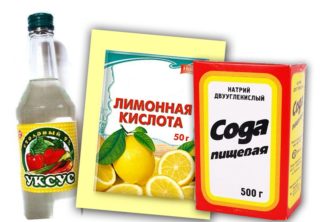
Unlike a conventional device, there is no need to turn on the ultrasound device before cleaning it. The solution prepared according to the recipe is poured into a container of the device disconnected from the mains and left to soften the scale for about 12 hours. Next steps:
- drain the spent mixture and rinse the reservoir of the device under running water;
- pour clean (filtered) water into the tank and connect the humidifier to the mains;
- as soon as steam appears above the evaporator, disconnect the device from the supply line;
- drain the waste liquid, rinse the tank thoroughly, then fill it with fresh water and turn on the device again.
The cleaning procedure is repeated until the smell of bleach stops spreading from the container. To clean and thoroughly disinfect the emitting membrane, you will need a special brush supplied with the device and allowing you to penetrate into the most inaccessible places.
Citric acid cleaning
Citric acid is most commonly used to remove plaque that is not very thick. In this case, to clean the humidifier, you will need to fill its container with water and add about 60 grams of the product there, and then turn on the device for one hour. Hard plaque softens and gradually falls off the surfaces of the container. After about an hour, its remains are removed with a soft cloth or sponge, and the tank itself is rinsed with water.Since citric acid vapors are harmful to the human body, it is recommended to clean the device on the balcony.
Prophylaxis
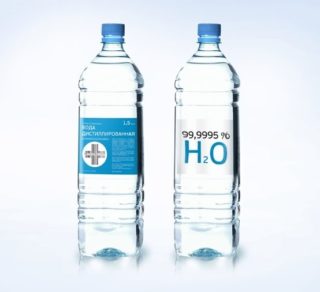
It is recommended to take care of the humidifiers strictly following the instructions provided with this product upon purchase. According to the manufacturer's requirements, maintenance should be regular, since only in this case can the device be expected to function for a long time.
Preventive measures are reduced to the implementation of the following simple rules:
- Drain the remaining water in the container if you plan to pause for a long time in the use of the humidifier. This eliminates the possibility of mold formation and keeps it completely clean.
- Do not use water directly from the tap, pre-filter it.
Subject to the rules of caring for the humidifying device, nothing will threaten its performance for a long time.








